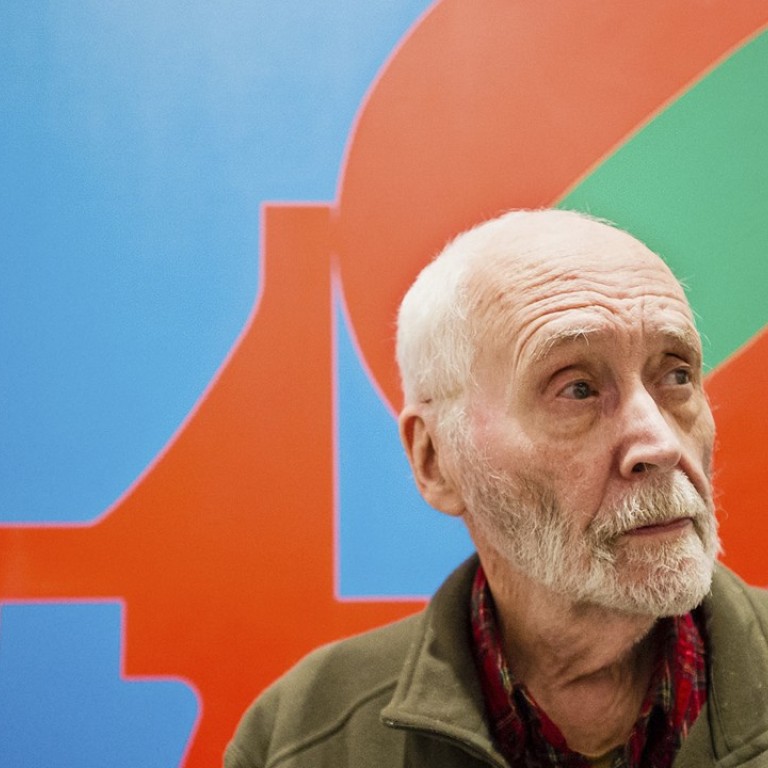
Robert Indiana documentary maker on his time with the artist famous for his Love sculptures
Dale Schierholt’s remastered 2009 film receives its world premiere on Friday at the Asia Society Hong Kong. He recalls the year he spent filming interviews with the artist at his home and ‘self-curated museum’ in the US state of Maine
When news broke of American artist Robert Indiana’s death on May 19 at the age of 89, filmmaker Dale Schierholt took the opportunity to remaster his documentary about the man best known for his Love sculptures.
“It was intense work, but it was good to see Bob again and relive that time with him,” says Schierholt, who interviewed Indiana in 2007 at Star of Hope, the artist’s home in Vinalhaven, in the US state of Maine.
The filmmaker, who is based in California, remastered the documentary in high definition and added a bit more footage. The Asia Society will hold the global premiere of this enhanced version in Hong Kong on Friday. Schierholt will answer questions via Skype following the screening.

In the documentary, which is just under an hour long, Indiana talks about his life, how he became interested in art at a young age, and how he evolved from a figurative painter into an artist best known for bold images using colours and words.
Viewers learn that Indiana’s family name was really Clark, discover why he changed it to the name of the US state in which he was born and how he met fellow artist Ellsworth Kelly, who it’s believed was his lover. Indiana explains that he is “painting his own history” – his words, colours and designs referring to different periods in his life, and popping up in different ways throughout his oeuvre.
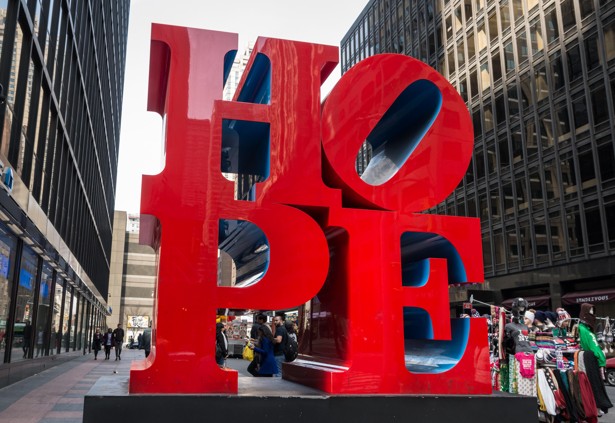
Schierholt met Indiana in 2007 when he was working on his first documentary, for the Farnsworth Art Museum in Maine, about the sculptor Louise Nevelson. She had died in 1988 and Schierholt was looking for people who knew Nevelson. Indiana had been a friend.
“My first reaction [on hearing his name] was, ‘The artist is alive?’ I remembered being in art class in 1981 and seeing slides of his work. I was a fan of his work,” the director says.
“While I was interviewing Bob, it dawned on me that I was thrilled to be doing a film on Nevelson sitting with him talking about art … it was truly special,” recalls Schierholt, who is a self-taught filmmaker with a background in graphic art.

He later talked to the Farnsworth Art Museum about the possibility of doing a documentary on Indiana, but there were doubts he would be interested. Indiana had been unhappy with a previous film about him, so Schierholt showed him a rough edit of the Nevelson documentary. The artist was pleased with what he saw, and gave his blessing to the project.
This led to a series of interviews at Star of Hope, a three-storey Victorian house built in 1885 that Indiana restored in the 1980s.
China’s Van Goghs film review: Shenzhen art counterfeiter profiled in surprisingly poignant documentary
In the documentary, Indiana explains how the first Love sculpture came about: he had completed a two-dimensional work featuring four stars, two on top of the other two, with the word “love” beneath.
Indiana looked at the word “love” and thought the letters could be stacked on top of each other like the stars. The “o” was tilted at an angle.
The design was so captivating that the Museum of Modern Art in New York commissioned it for its Christmas card in 1964 and it became the museum’s most popular one.
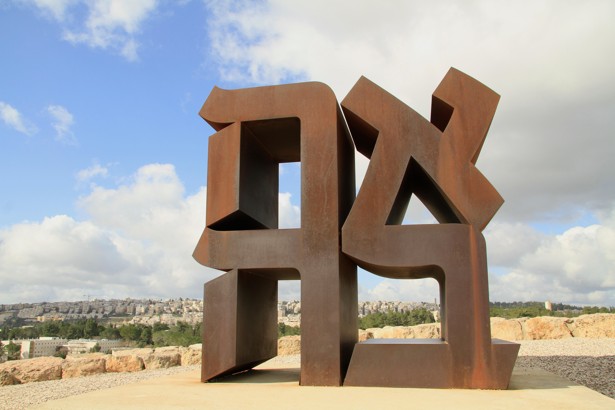
“Love should cover the world,” Indiana says in the film. And it does. There are more than 50 Love sculptures in cities around the world, including about 20 in Asia.
The artist explains that he chose the colours red, blue and green for the United States Postal Service Love stamp design in 1973 because they reminded him of his father, Earl Clark. He had managed a service station for Philips Petroleum that originally used these colours in its logo.
Bob was warm and gracious. Once he decided we would work together, he was open and kind, but also somewhat overprotective
The popularity of the Love sculpture spurred Indiana to create three others, one in Hebrew, one in Spanish, and the other in Chinese.
In the documentary, he says he likes the Chinese one because the Mandarin pronunciation of “love” is “ai”, which sounds like Indiana’s initial, “i”. He also explains that the three-dimensional look of the words is like the typewriter font. (He had worked as a journalist for three years at The Indianapolis Star when he was young.)
The Love works propelled Indiana to fame, but also led to him being labelled a pop artist along with the likes of Andy Warhol, Roy Lichtenstein and Robert Rauschenberg, which did not sit well with Indiana.
Schierholt says his access to Indiana was a special time for him. “Bob was warm and gracious. Once he decided we would work together, he was open and kind, but also somewhat overprotective,” the filmmaker notes.
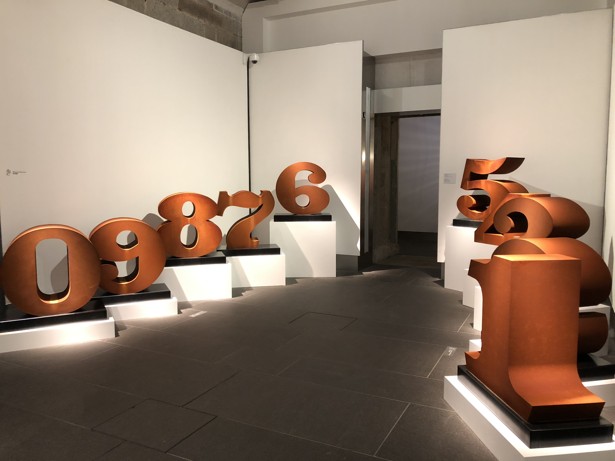
He recalls fondly Indiana picking him up from the ferry pier in his station wagon, then going for breakfast together, discussing what they would film – and Indiana talking or following him around in the Star of Hope.
“A year or two after the film was finished, it was around the time of my 50th birthday. My wife and I came to visit him and have lunch, and it came up in conversation that it was my birthday.
“After a while he said, ‘Well Dale, I suspect you should pick out a painting for your birthday,’ and it was around the time he made a series of Hope paintings [inspired by Barack Obama’s run for the presidency].
“I was really surprised and picked one painting that now sits above my fireplace. One of his assistants told me that they had worked with Bob for a long time and never seen him do that before.”
A Foley Artist film review: niche Taiwanese documentary on Hu Ding-yi sheds light on a dying art
Schierholt’s filmmaking style is to do everything himself – the filming, sound and interviewing. He wants to create an intimate feeling with the subject and hopes viewers will have the same feeling. When he interviews people, Schierholt is careful not to ask specific questions that may leave something else more important by the wayside; he wants his subjects to take him where they want to go.
Indiana does not tell all in the documentary; he doesn’t mention that he was adopted, or clarify the nature of his relationship with Kelly, saying only that the artist, who died in 2015, was a strong influence on him. Schierholt does not push for details.
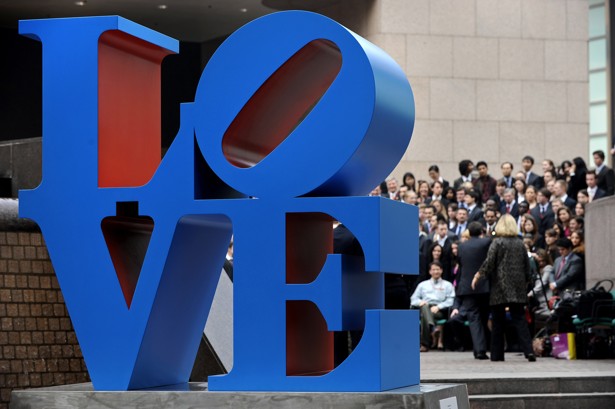
The Star of Hope encapsulated Indiana’s life: Schierholt says whenever he visited it was like walking into a self-curated museum, with the artist’s work displayed all over the house – including the first painting he ever sold, for US$10, decades ago and which he later bought back on eBay for US$6,000.
“His personal library had shelves of binders, and anywhere Bob was mentioned it was printed out or cut out and copied and put in a plastic sleeve,” Schierholt says. The house was also home to a menagerie of stuffed animals, as well as live cats and dogs.
Schierholt initially kept in touch with Indiana after making the documentary, but lost contact over the past four years – as did others. It has been alleged that Indiana’s caretaker, Jamie Thomas, isolated the artist and may have also made unauthorised or adulterated versions of Indiana’s work and sold them – claims that are the subject of a lawsuit filed a day before Indiana died.

Schierholt says he doesn’t know the details but hopes Indiana’s estate will be taken care of, considering that Star of Hope contains so much of the artist’s work and archives.
“I am so sad. I had a wonderful year with him. I hope he went peacefully,” says Schierholt. “I’m not sure what he realised about me and my career, but I felt I belonged in that role [as a documentary filmmaker].
“He always made me feel welcome and I was so thrilled to be hanging out with Robert Indiana. I had seen his work in a dark lecture hall, and here I was spending time with him. That year laid the foundation for me.”

A Visit to the Star of Hope: Coffee with Robert Indiana will be shown at Asia Society Hong Kong on July 6 at 6.30pm, with filmmaker Dale Schierholt answering audience questions session at 8pm. Tickets for members are HK$100, and for non-members HK$150. For more information go to asiasociety.org/hong-kong
“Love Long: Robert Indiana and Asia” is on until July 15. Admission is free.

